
As an organization, it is natural for you to expect positive feedback from your customers. We all love this bunch of promoter customers who constantly give us high ratings and make repeated purchases with our brands.
In contrast, why are we skeptical while dealing with the detractors? These groups of customers are the vocal critics of your brand. They give detailed feedback on your product flaws, talk negatively about your brand offerings, and give you a poor rating.
But, when observed closely, detractors give you more genuine and actionable feedback. Collecting and acting on their critical feedback is the cheapest way to improve your products and services.
Once you address the challenges of your detractor customers, there is every possibility that they would turn out to be your loyal customers in the future.
In this blog, let’s understand some techniques on ‘how to turn detractors into promoters.
Who is a Detractor?
A detractor is a customer who is unhappy with your brand offerings. i.e., they are not satisfied with your products or services. This dissatisfaction is visible in the form of negative ratings, poor online reviews, reduced product purchases, canceled subscriptions, and finally going away to your competitors for a better experience.
There are different ways to identify your detractor customers, as shown below.
How to Identify Your Detractors?
Different customer metrics like customer satisfaction score and net promoter score (NPS) help you identify your detractor customers, the reasons behind their dissatisfaction with your brand, and much more. You can use a customer satisfaction survey to measure your customer sentiments at every stage of their journey, like product purchase, customer support call, newsletter subscription, website visit, and so on.
While designing a customer satisfaction survey, use different question types like a rating scale question or ranking type question to understand their satisfaction levels.

Let’s consider a customer satisfaction survey question –
In the above question, you ask your customer to rate your product or service on a scale of (1-5) with ‘1’ being very poor and ‘5’ is excellent. Customers who rate you ‘very poor’ and ‘poor’ are your detractor customers. They are unhappy with your product, and you need to follow up with them immediately. There are high chances of detractors abandoning your brand and switching to your competitors.
In contrast, an NPS survey helps you understand the overall satisfaction of your customers. It relies on a single question –“How likely are you to recommend us {product/service/company} to your friends and family?” to understand your customer loyalty. Your customers rate you on a scale of 0 to 10. Based on their responses, you can place them in three categories: promoters, passives, and detractors.
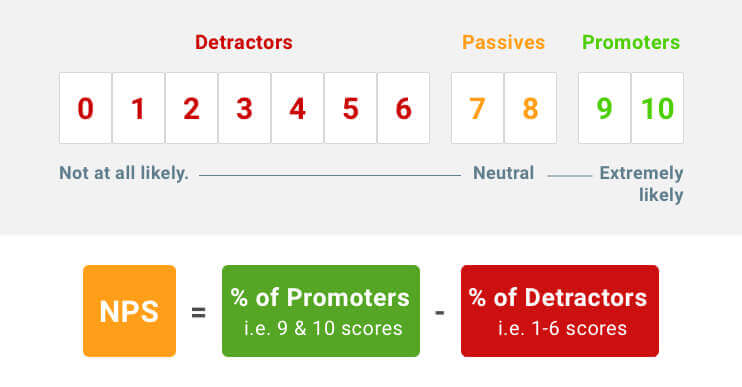
Here, the NPS detractors give you a low score ranging from 0 to 6. Once you segregate this set of customers from the total respondents, you can quickly build a marketing campaign to target your unhappy customers.
Modern tools like ProProfs Survey Maker help you launch NPS surveys to gauge customer satisfaction. It offers powerful reporting and analytics to segment your detractor customers and collects their details for future campaigns. You can easily filter the survey responses based on the customer category, time of survey response, attempt date, customer scores, and more.
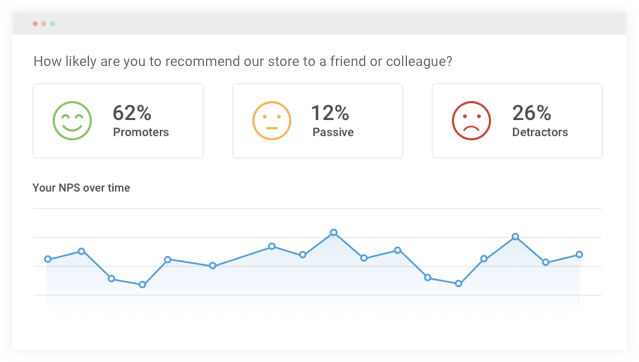
Detractors can block your business growth. Let’s see how –
How Can Detractors Harm Your Business?
Detractors can cause several problems for your business, like bringing down your profits, spreading negative word of mouth about your brand, and ruining your brand image.
Let’s take a deeper look at how detractors can harm your business.
1. Detractors Bring Down Your Sales and Profits
Detractors are unsatisfied with your brand offerings and stop using your products or services after a point in time. Though there may not be a sudden reduction in your sales over time, they stop purchasing your products, bringing down your sales by a large number. A single bad experience is enough for them to leave your brand.
PwC research shows that 1 in 3 customers leave a brand due to a bad experience. This brings in a huge loss for your business as it is 5-25 times more expensive to acquire a new customer.
2. Creates a Negative Brand Image
Research shows that 13% of unhappy customers share their experiences with 15 or even more people. On the other hand, 72% of happy customers share their experiences with just six or more people.
Hence, there is a higher risk of a handful of people harming your brand image than a large number of happy customers boosting it. This handful of frustrated customers spread negative word of mouth, thereby reducing free referral marketing revenue.
3. Detractors Switch to Your Competitors
According to Microsoft research, 58% of American consumers choose to switch a company because of poor customer service. Hence, a customer lost is a gain for your competitors. If you do not follow up with your detractors, you won’t even know why they left your company.
With no valid reasons, creating a strategy to stop detractors from churning becomes a challenging task. Detractors can hit your business hard. So, before they churn, it’s better to respond to detractors and prevent them from leaving.
But before that, you need to know the amount of time you have before you lose detractors to your competitors.
How Much Time Do You Have Before You Lose Your Detractor Customers?
Detractors walk away from your business due to various reasons such as poor service, inadequate product quality, lack of follow-ups, and many more. They fall into different categories and based on this, you can understand their churn time:
- Detractors who specify poor customer service in an NPS follow-up survey need to be immediately taken on a call. These customers may not immediately leave your brand if you sort out their problems quickly and proactively.
- Customers who have decided to cancel a product/service subscription are almost certain to abandon your organization. You cannot convince them by reasoning to continue purchasing your products or services.
- There is a category of detractors who are not happy with your present product offerings. They might be evaluating new products and might not have made up their mind to leave your brand. In such a scenario, you can try reasoning out with them and assure them that their features will be implemented in a phased manner.
Can you turn your detractors into promoters? Let’s understand how.
How to Turn Detractors into Promoters
1. Conduct Regular Net Promoter Score Survey
Net Promoter Score (NPS) survey gives you a first-hand account of your detractors. Detractors give you an NPS score of (0-6) on the rating scale (0-10). Ensure that you conduct a regular net promoter score survey at every customer touchpoint like product purchase, product usage, customer service, and so on.
Also, survey your customers regularly after incorporating their feedback to understand if they are happy with the changes. In this way, you can track their sentiment change over some time.
2. Understand the Reasons for the NPS Score
Collecting the NPS score is just the first step. The real challenge lies in understanding the real reason behind why detractors are unhappy with your brand. In this scenario, you can either conduct a follow-up survey and take in-depth feedback from your customers, or you can add an option to collect ‘open-ended comment feedback’ from your customers.
ProProfs Survey Maker gives you the option to add a small comment section to your NPS rating scale question. Here, you can ask customers to specify why they chose a particular NPS score for your product or service.
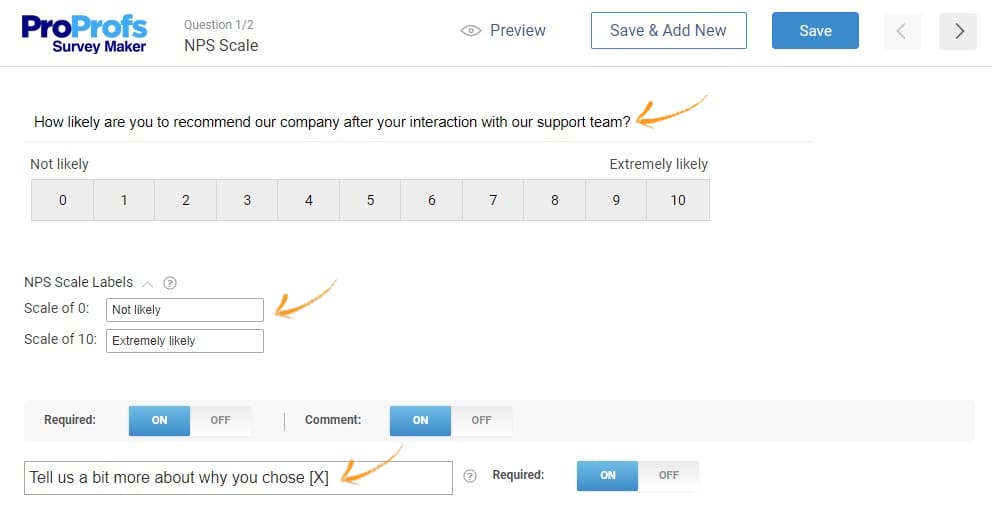
3. Prioritize the Issues
Once you collect detailed customer feedback, it’s time to prioritize the issues based on their relevance and urgency. For example, you may have to deal with the needs of a new lead and at the same time address the challenges of your old customers.
In such a scenario, what will you prioritize? Here, you need to tackle the problems faced by your existing customers first. Because the success rate of selling your product to an existing customer is 60-70%, while the success rate of selling to a new customer is just 5-20%.
4. Close the Feedback Loop by Following up With Your Detractors
Once you have prioritized the detractor issues, it is time to follow up with them. Some detractors may face common issues like checkout page loading, delay in responses, and more, while others may face purely personal issues like invalid login, browser incompatibility issues, and so on.
You need to differentiate between these two issues (personal and generic) and adopt a different tone while following up for both.
Personal issues require you to listen to your detractors patiently over a call. Maybe it is a unique issue that needs more profound understanding. First of all, be apologetic in your tone and assure them that the problem will be resolved quickly.
5. Integrate NPS Scores into Your CRM
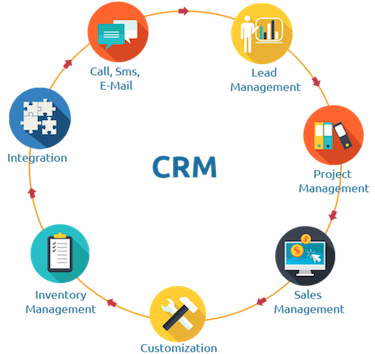
A customer relationship management (CRM) software tool helps build and track your present and future customer journeys. You can easily integrate your NPS scores with CRM software and collect your NPS survey respondents’ details like email, phone number, and more.
With this data in hand, you can easily segment your customers in the CRM database and create focussed campaigns for detractors, passives, and promoter customers.
Many NPS survey tools work well with CRM software. One such tool is ProProfs Survey Maker. You can easily integrate your NPS scores with CRM softwares like Zendesk and SalesForce. The integrations allow you to quickly create tickets and build your email list.
6. Put in Place Multiple Customer Interaction Channels
Customers prefer different channels while interacting with your brand. While some are active on social media, others prefer self-service, phone calls, or live chat for brand interactions.
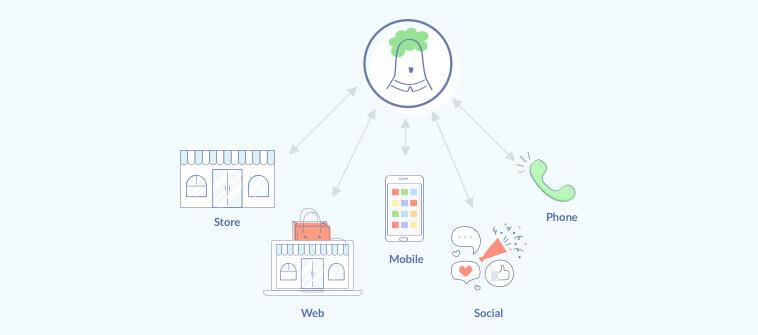
Hence, ensure that you put in place multiple ways for customers to reach out to you. In doing so, you don’t miss out on any customer and prevent frustrated customers from churning.
- Have dedicated telephonic support. In case you are a big business with numerous customer requests flowing in, have more dedicated personnel to handle the phone calls.
- Monitor social media platforms for handling customer complaints. You can also set in place an automated response mechanism for standard queries.
- Use a mix of both live chat agents and chatbots on your website. Chatbots can handle common queries, while live chat agents can pitch in to solve complex issues.
- Provide customers with a self-service knowledge base to help themselves quickly every time they face an issue with your product.
Do not give detractors the chance to leave you. Give them multiple options to reach out to you and get their issues addressed. Timely resolution can turn the table in your favor, turning detractors into promoters eventually.
7. Be Empathetic and Proactive in Your Responses
Your detractor customers are already unhappy with a bad experience. When they reach out to you, make sure that you empathize with them and listen to their concerns attentively. Put yourself in their shoes and visualize their problems. Apologize to them for any inconvenience and give them a definite time frame for the resolution.
Make sure that you involve all the relevant teams to sort out customer issues. They need to have a first-hand account of customer issues to provide a good customer experience.
8. Don’t Overpromise and Underdeliver
Every customer likes to deal with an honest organization. Be open with them regarding your products or service offerings.
In case you have a product feature that is yet to be released, make it clear to them. If you promise them something you don’t have currently and they go ahead with the purchase, they will be unhappy later. But, when you communicate this at the start, they will be more likely to trust you for future purchases.
9. Make Them Feel Valuable and Cared
It is tricky to make your detractor customers feel special because they are already unsatisfied with your brand. But adopting strategies like reassurance from the top management or guiding them to a competitor solution can do wonders.
The CEO or the company’s founder can directly mail the detractor customers and assure them that their issue will be sorted out at the earliest. They will be least expecting this response, and it makes them feel valued and cared for.
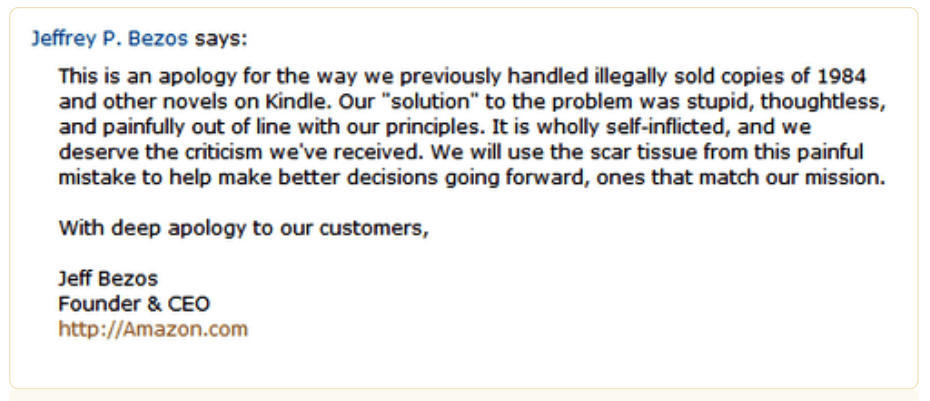
10. Learn From Your Previous Mistakes & Experiences
A detractor customer tends to give more in-depth and valuable feedback. When you incorporate each suggestion in detail, you grow as an organization.
Ensure that you keep track of all the minute issues that your detractor customers point out. Learn from your mistakes and come out with a course corrective strategy. Keep resurveying your detractor customers over a period of time and check their sentiment change.
With constant efforts, your detractors could very well turn out to be your promoters in the future.
Now that you have learned the tips and tricks to turn promoters into detractors, let us understand how to respond to detractors who offer no feedback.
How to Deal with Detractors that Provide No Feedback?
Sometimes, you might have a situation when detractors do not leave a comment on the NPS survey. In this case, it is challenging to understand the reason behind their dissatisfaction.
Here, you can use an analytics tool like Google Analytics to understand the behavior of detractor customers on your website. Maybe they are stuck up on an app page or are not happy with a product feature.
Or they are confused with your subscription offerings and looking for more advanced features. Such behavior is reflected in their page visits and abrupt page exits. By analyzing this data using Google Analytics, you can clearly understand why your detractors are unhappy with your brand.
With a proper understanding of what your detractor customers want, you can deliver them specific and timebound solutions like a good website experience, affordable subscriptions, hassle-free checkout process, and many more.
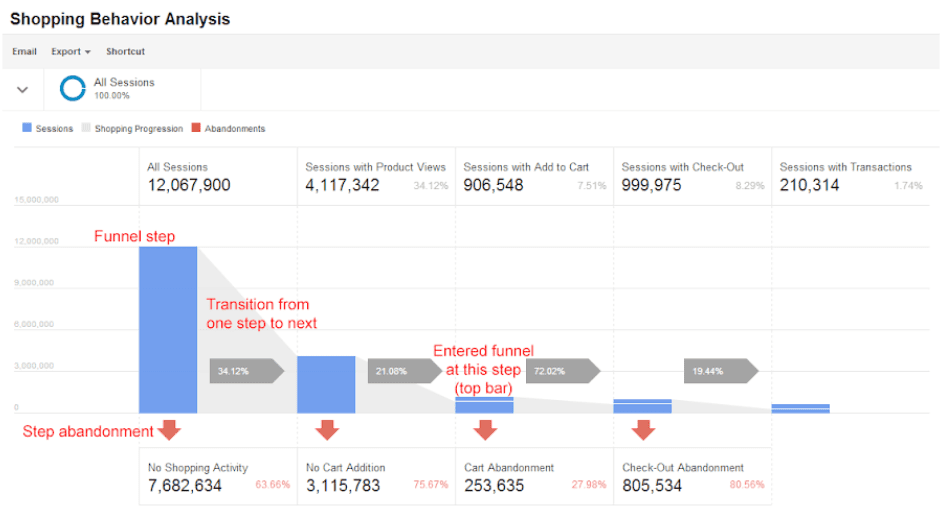
The fact is no brand can be perfect. You will always have different categories of customers – detractors, promoters, and passives. The trick to a healthy business is to create a good balance where you have more supporters and fewer detractors.
For now, let’s understand if it is worth converting every single detractor into a promoter.
Can You Convert Every Single Detractor into Promoter?
It is not practical to convert every single detractor into a promoter. Sometimes, you might encounter a very vocal customer about your brand and who has unreasonable demands. It is tough to deal with such customers.
Before putting in all the energy to retain them, analyze if it is worth all the effort.
Does the majority of the detractors have the same problem, or is it solely for that customer? How is the behavior of the detractor customer while dealing with your customer service team? Are they accommodative or rude?
Evaluate all these factors before deciding which detractors you should be focusing on and which customers are not worth your time.
Make Your Detractor Your Best Customer
It is common for every business to have a mix of promoter, passive, and detractor customers. An NPS survey allows you to spot these sets of customers quickly. If not dealt with early on, there is a high chance of customer churn leading to a drop in sales and profits.
So, how to turn detractors into promoters?
Adopt a mix of strategies like having multiple feedback collection channels, closing the feedback loop, integrating NPS with your CRM, taking an empathetic approach, and many more.
But, it is not possible to convert every single detractor into your promoter. You need to consider different aspects like the depth of your customer issue, customer interaction history, the kind of bond they share with your business before putting your time and energy into the process.
Want to create an NPS survey to identify your detractor customers? With ProProfs Survey Maker, create an actionable NPS survey in minutes.
FREE. All Features. FOREVER!
Try our Forever FREE account with all premium features!







